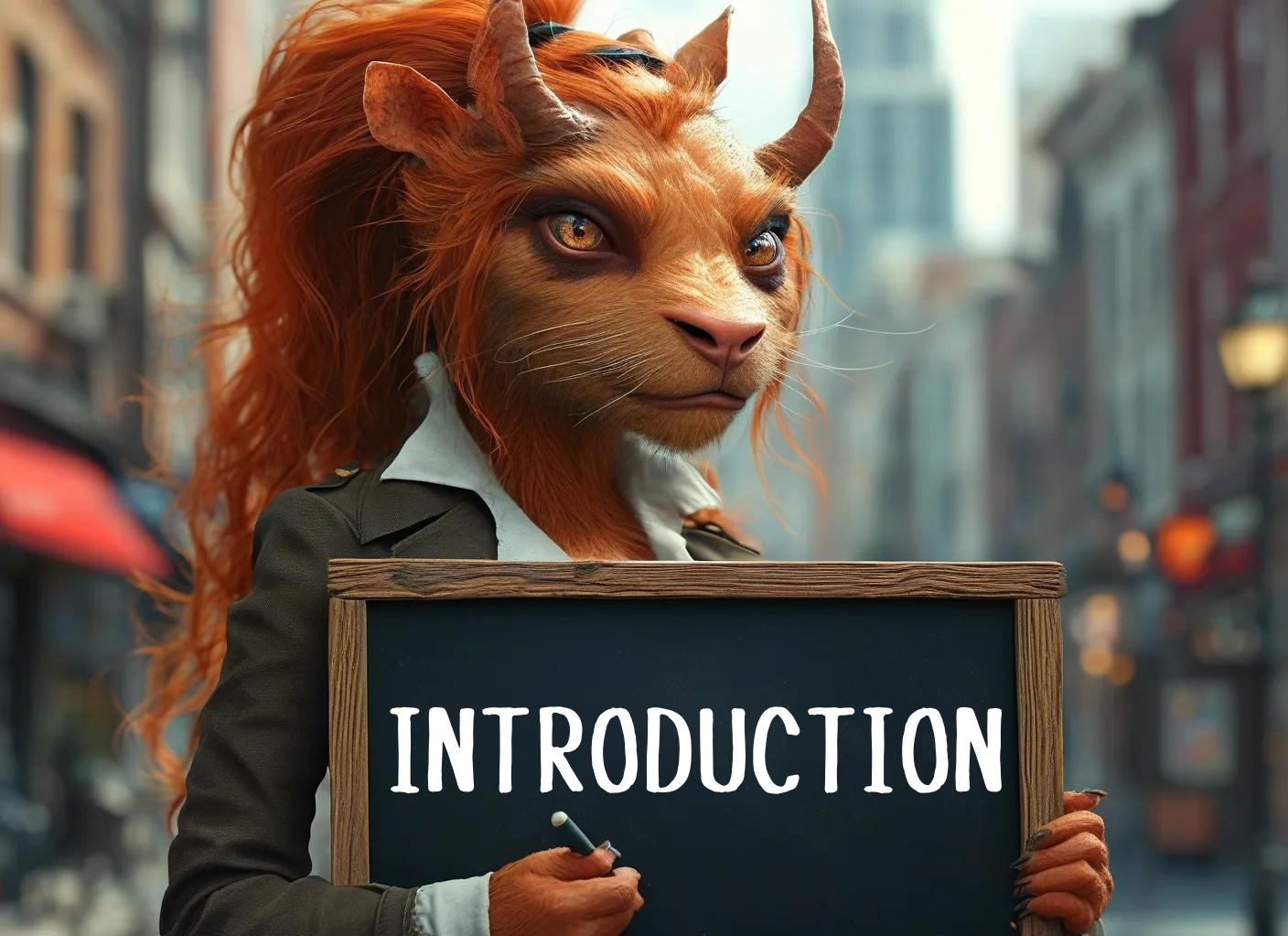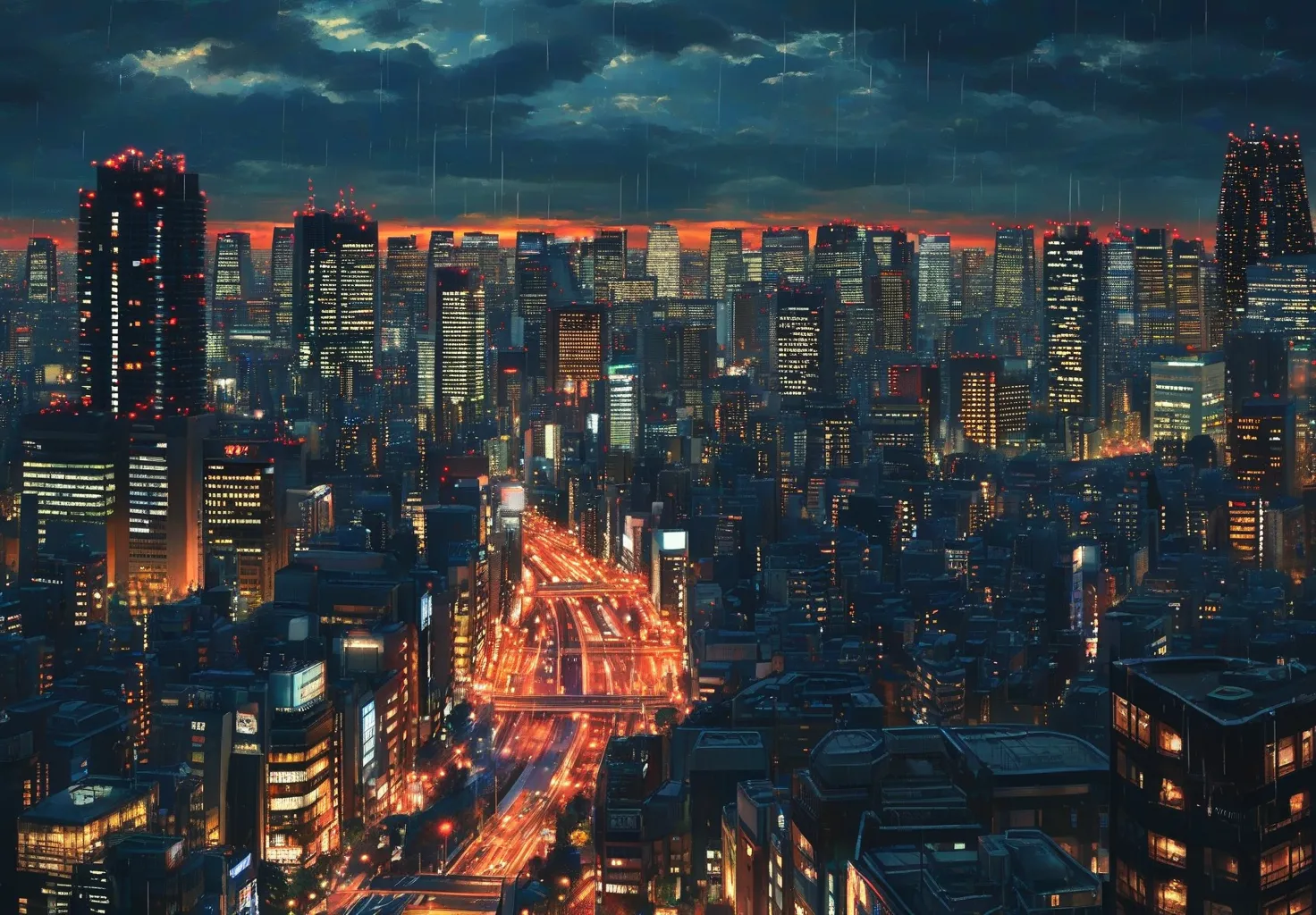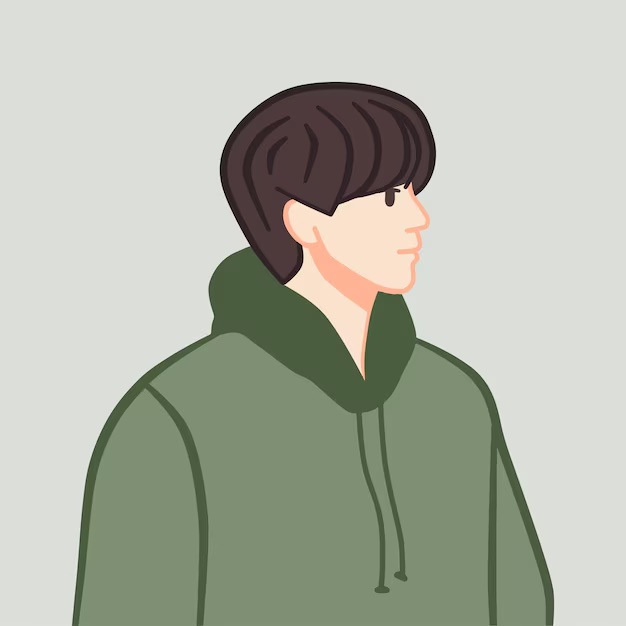Article Body Outline
1. Introduction to "Tokyo Ghoul"
- Overview of the Anime’s Premise and Setting
- Brief introduction to the series, setting the stage in Tokyo where ghouls and humans coexist.
- Explanation of the dark and intense atmosphere of the anime.
- Background and Origins
- Discussion on the origins of "Tokyo Ghoul" as a manga series by Sui Ishida.
- Mention of its adaptation into an anime series and its popularity among fans.
2. Main Plot and Story Arcs
- Detailed Summary of Major Plot Points and Story Arcs
- Overview of the central storyline focusing on Ken Kaneki's transformation into a half-ghoul.
- Description of key story arcs, such as the Anteiku Arc, Aogiri Tree Arc, and the CCG (Commission of Counter Ghoul) Arc.
- Key Conflicts and Challenges
- Exploration of the significant conflicts and battles that shape the storyline.
- Discussion on the moral dilemmas and challenges faced by the protagonist and other characters.
3. Character Profiles and Development
- In-depth Descriptions of Key Characters
- Introduction to Ken Kaneki, Touka Kirishima, and other main characters.
- Exploration of their backgrounds, motivations, and relationships.
- Character Growth and Evolution
- Analysis of character development throughout the series.
- Discussion on how the characters evolve in response to the conflicts and challenges they face.
4. Themes and Symbolism in "Tokyo Ghoul"
- Discussion of Major Themes
- Exploration of central themes such as identity, survival, and the human-ghoul dichotomy.
- Examination of how these themes are portrayed through character interactions and story arcs.
- Analysis of Symbolism
- Discussion on the use of symbolism in the series, such as masks and the kagune (ghoul weapon).
- Analysis of how the symbolism enhances the storytelling and adds depth to the narrative.
5. Reception and Cultural Impact
- Summary of the Series' Reception by Audiences and Critics
- Overview of how "Tokyo Ghoul" has been received by fans and critics.
- Highlighting critical reviews and audience feedback.
- Cultural Impact and Contributions to the Genre
- Analysis of the series' influence on the horror and dark fantasy genres.
- Discussion on its significance within the anime community and its global popularity.
- Speculation on Future Developments
- Discussion on potential future seasons or adaptations based on the current storyline and fan expectations.
- Speculation on possible spin-offs or related media.
Main Plot and Story Arcs in "Tokyo Ghoul"
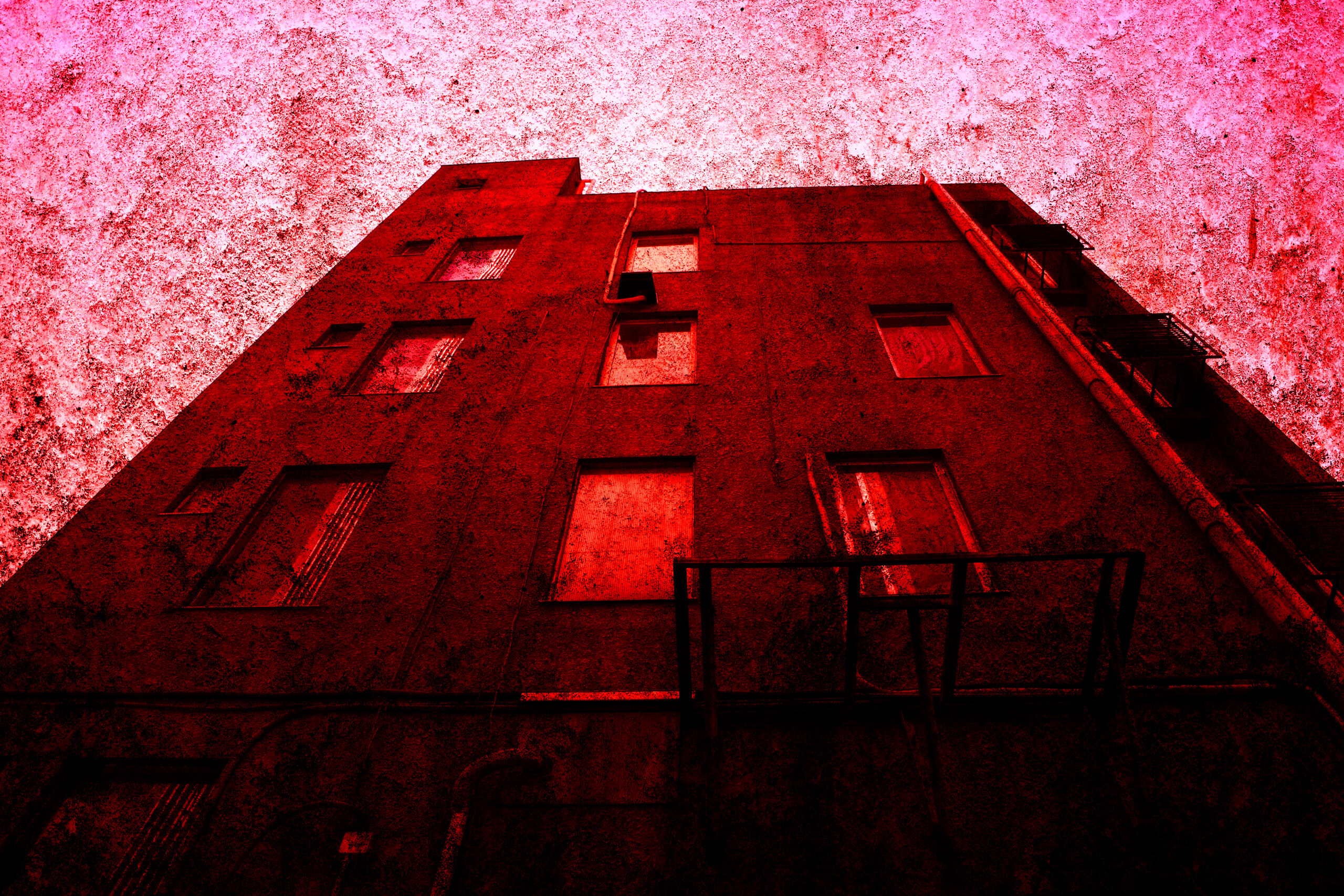
Detailed Summary of Major Plot Points and Story Arcs
"Tokyo Ghoul" centers around Ken Kaneki, a college student whose life takes a dramatic turn after a fateful encounter with a ghoul. This encounter leaves him transformed into a half-ghoul, straddling the line between human and monster. Kaneki’s journey of self-discovery and survival forms the core of the narrative, as he navigates the dangerous world of ghouls while trying to retain his humanity.
The story unfolds through several key arcs, each bringing new challenges and deepening the complexity of the plot:
- Anteiku Arc: This initial arc introduces Kaneki to the world of ghouls and the coffee shop Anteiku, a haven for ghouls who seek to coexist peacefully with humans. Here, Kaneki learns to control his ghoul instincts and forms bonds with other ghouls, such as Touka Kirishima and Yoshimura.
- Aogiri Tree Arc: As Kaneki adapts to his new life, he encounters the Aogiri Tree, a violent ghoul organization that poses a significant threat to both humans and ghouls. This arc delves into the conflicts between different ghoul factions and the internal struggle Kaneki faces as he becomes more powerful and distant from his human self.
- CCG (Commission of Counter Ghoul) Arc: The CCG is a government agency dedicated to eradicating ghouls. This arc explores the intense battles between the CCG and various ghoul groups, highlighting the moral ambiguities on both sides. Kaneki’s interactions with CCG investigators, including Amon Koutarou and Juuzou Suzuya, add layers of complexity to the narrative.
Key Conflicts and Challenges
The storyline of "Tokyo Ghoul" is punctuated by numerous conflicts and challenges that shape Kaneki's character and drive the plot forward:
- Transformation and Identity: Kaneki’s transformation into a half-ghoul forces him to confront his identity and question what it means to be human. His struggle to maintain his humanity while adapting to his ghoul nature is a recurring theme throughout the series.
- Moral Dilemmas: The series is rife with moral dilemmas, as characters grapple with issues of survival, loyalty, and justice. Kaneki's decisions often place him in situations where he must choose between his human morals and his ghoul instincts, leading to significant character development and growth.
- Battles and Alliances: Intense battles between ghouls and the CCG, as well as internal conflicts within ghoul factions, drive much of the action. These confrontations are not just physical but also ideological, as characters fight for their beliefs and survival. Key battles, such as those against the Aogiri Tree and within the CCG, are pivotal moments that define the series.
- Relationships and Bonds: Kaneki’s relationships with other characters, both ghouls and humans, are central to the story. His bonds with Touka, Hinami, and his human friend Hideyoshi Nagachika (Hide) are crucial in his journey. These relationships provide emotional depth and highlight the interconnectedness of all characters within the "Tokyo Ghoul" universe.
In summary, "Tokyo Ghoul" offers a rich and complex narrative that delves into themes of identity, morality, and survival. The major plot points and story arcs, including the Anteiku Arc, Aogiri Tree Arc, and CCG Arc, provide a framework for Kaneki’s transformation and the numerous conflicts he faces. The series’ exploration of key conflicts and challenges, such as moral dilemmas, intense battles, and the importance of relationships, makes it a compelling watch for fans of dark fantasy and psychological drama.
Character Profiles and Development in "Tokyo Ghoul"
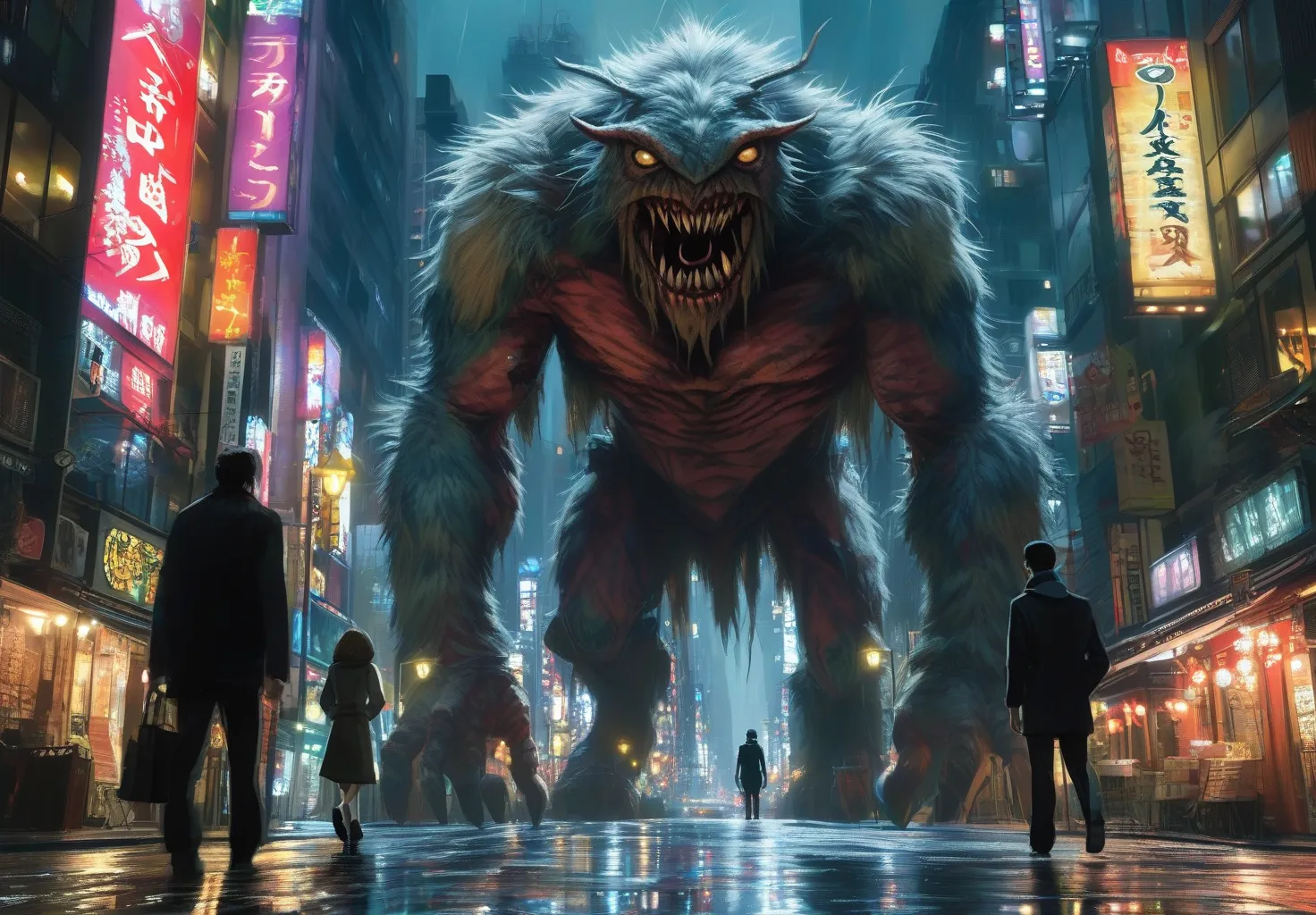
In-depth Descriptions of Key Characters
"Tokyo Ghoul" introduces a diverse cast of characters, each with their unique backgrounds, motivations, and relationships. The series primarily focuses on the following main characters:
- Ken Kaneki: The protagonist of the series, Ken Kaneki, begins as an ordinary college student whose life is turned upside down after a near-fatal encounter with a ghoul. This incident transforms him into a half-ghoul, forcing him to navigate the dangerous and complex world of ghouls. Kaneki is characterized by his inner conflict, struggling to balance his human emotions with his new ghoul instincts. His journey of self-discovery and adaptation is central to the narrative.
- Touka Kirishima: Touka is a fiercely independent ghoul who works at the Anteiku coffee shop. Initially, she is wary of Kaneki but gradually becomes one of his closest allies. Touka’s strong-willed nature and determination to protect those she cares about make her a compelling character. Her backstory, marked by loss and survival, adds depth to her motivations and actions.
- Yoshimura: The manager of Anteiku, Yoshimura, is a wise and compassionate ghoul who provides guidance and support to Kaneki and other ghouls. His efforts to create a peaceful coexistence between ghouls and humans highlight his complex and layered character.
- Hinami Fueguchi: A young ghoul who finds refuge in Anteiku after her parents are killed by CCG investigators. Hinami’s innocence and vulnerability contrast sharply with the brutal world around her, and her relationship with Kaneki and Touka showcases the series' emotional depth.
- Amon Koutarou: A dedicated CCG investigator, Amon is driven by a desire to protect humanity from the ghoul threat. His encounters with Kaneki and other ghouls challenge his black-and-white view of the world, leading to significant character development.
Character Growth and Evolution
The characters in "Tokyo Ghoul" undergo significant development throughout the series, shaped by the conflicts and challenges they face:
- Ken Kaneki: Kaneki’s transformation from a timid, bookish student to a powerful half-ghoul warrior is one of the most dramatic character evolutions in the series. His internal struggles, moral dilemmas, and eventual acceptance of his dual nature drive much of the plot. Kaneki's journey is marked by moments of intense self-reflection and growth, as he learns to harness his ghoul powers and protect those he cares about.
- Touka Kirishima: Touka’s character development is closely tied to her relationship with Kaneki and her experiences at Anteiku. Initially, she is portrayed as a hardened survivor, but her interactions with Kaneki and other characters reveal her softer, more vulnerable side. Touka’s journey involves reconciling her desire for revenge with her need for connection and community.
- Yoshimura: As a mentor and father figure, Yoshimura’s growth is more subtle but equally impactful. His backstory and motivations are gradually revealed, showing a character who has experienced profound loss and seeks redemption through his actions at Anteiku. Yoshimura's wisdom and compassion are crucial in guiding the younger ghouls.
- Hinami Fueguchi: Hinami’s development from a frightened child to a resilient young ghoul is significant. Her relationships with Kaneki and Touka provide her with a sense of family and belonging, helping her cope with her traumatic past.
- Amon Koutarou: Amon’s journey is marked by his evolving understanding of ghouls and their humanity. His interactions with Kaneki and other ghouls challenge his beliefs, leading him to question the CCG’s methods and his role within the organization. Amon's character arc is a testament to the series' exploration of moral ambiguity and the complexity of human nature.
In conclusion, "Tokyo Ghoul" excels in its portrayal of character development, weaving intricate relationships and evolving motivations into its dark and gripping narrative. The growth of characters like Ken Kaneki, Touka Kirishima, Yoshimura, Hinami Fueguchi, and Amon Koutarou adds depth and richness to the story, making it a compelling watch for fans of character-driven dramas.
Reception and Cultural Impact of "Tokyo Ghoul"

"Tokyo Ghoul," a series that masterfully blends horror and dark fantasy, has garnered significant attention from audiences and critics alike. This article delves into the series' reception, its cultural impact, and the potential future developments that fans eagerly anticipate.
Summary of the Series' Reception by Audiences and Critics
"Tokyo Ghoul" has received widespread acclaim from both fans and critics. Upon its release, the series quickly captured the attention of viewers with its gripping storyline, complex characters, and intense atmosphere. The anime's dark and mature themes resonated with a broad audience, earning it a dedicated fanbase.
Critical reviews highlight the series' strengths in storytelling and character development. Reviewers have praised the nuanced portrayal of the protagonist, Ken Kaneki, and the intricate moral dilemmas he faces. The animation quality, particularly during the intense battle scenes, has also been commended for its detailed and fluid motion.
Audience feedback on platforms like MyAnimeList and IMDb reflects the series' popularity. Fans often discuss the emotional depth of the characters and the thought-provoking themes that challenge conventional notions of good and evil. The series' ability to evoke strong emotional responses and create a sense of empathy for both humans and ghouls has been a significant factor in its success.
Cultural Impact and Contributions to the Genre
"Tokyo Ghoul" has had a profound influence on the horror and dark fantasy genres. Its unique blend of psychological horror, action, and drama has set a new standard for similar series. The anime's exploration of identity, survival, and the human-ghoul dichotomy has inspired other works within the genre to tackle complex and mature themes.
The series' impact extends beyond its genre contributions. "Tokyo Ghoul" has become a cultural phenomenon within the anime community, with its iconic characters, memorable quotes, and distinctive art style leaving a lasting impression. The series' global popularity is evident through its widespread merchandise, including figures, apparel, and themed cafes, demonstrating its significant cultural footprint.
Speculation on Future Developments
Given the ongoing popularity of "Tokyo Ghoul," speculation about future developments is rampant among fans. The current storyline leaves room for potential new seasons or adaptations that could further explore the intricate world and characters created by Sui Ishida. Fans eagerly anticipate news of any continuations or spin-offs that could delve deeper into the lore and provide new perspectives on the existing narrative.
Potential spin-offs or related media could include prequels focusing on the backstories of key characters, or sequels that continue the journey of Kaneki and his allies. Additionally, there is potential for exploring other mediums such as live-action adaptations, given the success of similar ventures in the anime industry.
In conclusion, "Tokyo Ghoul" has firmly established itself as a landmark series in the horror and dark fantasy genres. Its compelling narrative, complex characters, and cultural impact have left an indelible mark on the anime community. As fans continue to engage with the series, the anticipation for future developments remains high, ensuring that "Tokyo Ghoul" will remain a topic of discussion and admiration for years to come.

